
Wanted to put in a request for this absolute workhorse for a while, but only just got the time. As with all my requests, it's intended to be of general interest and of some value as a resource, as well as hopefully enough to spark a modder's motivation off

Hang tight folks, it's gonna get bumpy...well, image intensive at least...

This odd looking thing is the RAF's dedicated night bomber at the outbreak of war, the Armstrong Whitworth Whitley. With a load of 7,000lbs and a range of 1,500 miles, she was also the RAF's first heavy bomber, despite her two engines.


The Whitley was designed in response to Specification B3/34 issued in July 1934 and within two years the first Whitley had made its maiden flight. Initial aircraft were delivered to Dishforth-based No 10 Squadron in a year after the maiden flight of the prototype, with sister squadron No 78 following in July and No 58 at Boscombe Down in October. These Whitley Is and the subsequent Mark IIs, fitted with Improved Tiger engines, had left front-line squadrons by the outbreak of war and the Mark III (improved armament and minor design tweaks) was the standard version in service with Bomber Command. These, in turn, were being replaced by the first Merlin-powered version the Mark IV and then the definitive Mark V with later model Merlins. The observant among you will have seen that it's almost exclusively Vs in the pictures. This is part because they're the most common

and because I think the V would be the obvious mark to model.

With Bomber Command, Whitleys flew 8,996 operations, dropped 9,845 tons (8,931 tonnes) of bombs with 269 aircraft lost in action. The Whitley was retired from front line service in late 1942 but it continued to operate as a transport for troops and freight, as well as for paratroop training and towing gliders. No. 100 Group RAF used Whitleys to carry airborne radar and electronic counter-measures.
The British Overseas Airways Corporation operated 15 Whitley Mk Vs converted into freighters in 1942. Running night supply flights from Gibraltar to Malta, they took seven hours to reach the island, often landing during air attacks. They used large quantities of fuel for a small payload and were replaced in August 1942 by the Lockheed Hudson.
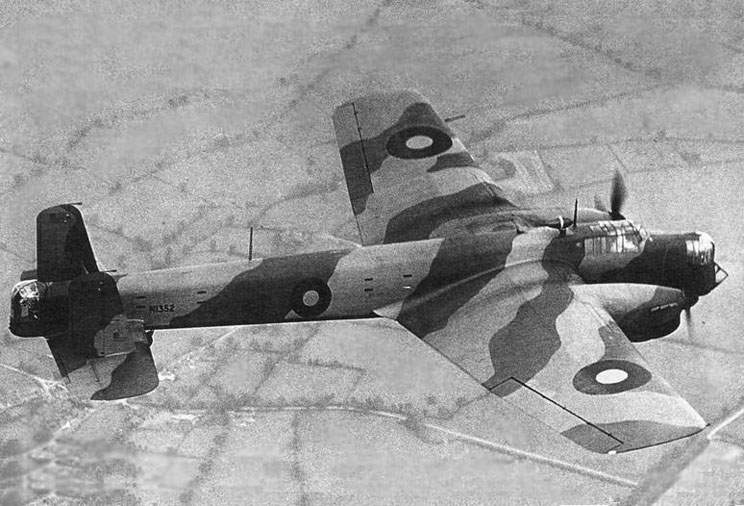
STATS: Data from The Whitley File
General characteristics
Crew: 5
Length: 70 ft 6 in (21.49 m)
Wingspan: 84 ft (25.60 m)
Height: 15 ft (4.57 m)
Wing area: 1,137 ft² (106 m²)
Empty weight: 19,300 lb (8,768 kg)
Max. takeoff weight: 33,500 lb (15,196 kg)
Powerplant: 2 × Rolls-Royce Merlin X liquid-cooled V12 engine, 1,145 hp (855 kW) each
Performance
Maximum speed: 200 kn (230 mph, 370 km/h) at 16,400 ft (5,000 m)
Range: 1,430 nmi (1,650 mi, 2,650 km)
Ferry range: 2,100 nmi(2,400 mi, 3,900 km)
Service ceiling: 26,000 ft (7,900 m)
Rate of climb: 800 ft/min (4.1 m/s)
Max. wing loading: 29.5 lb/ft² (143 kg/m²)
Minimum power/mass: 0.684 hp/lb (112 W/kg)
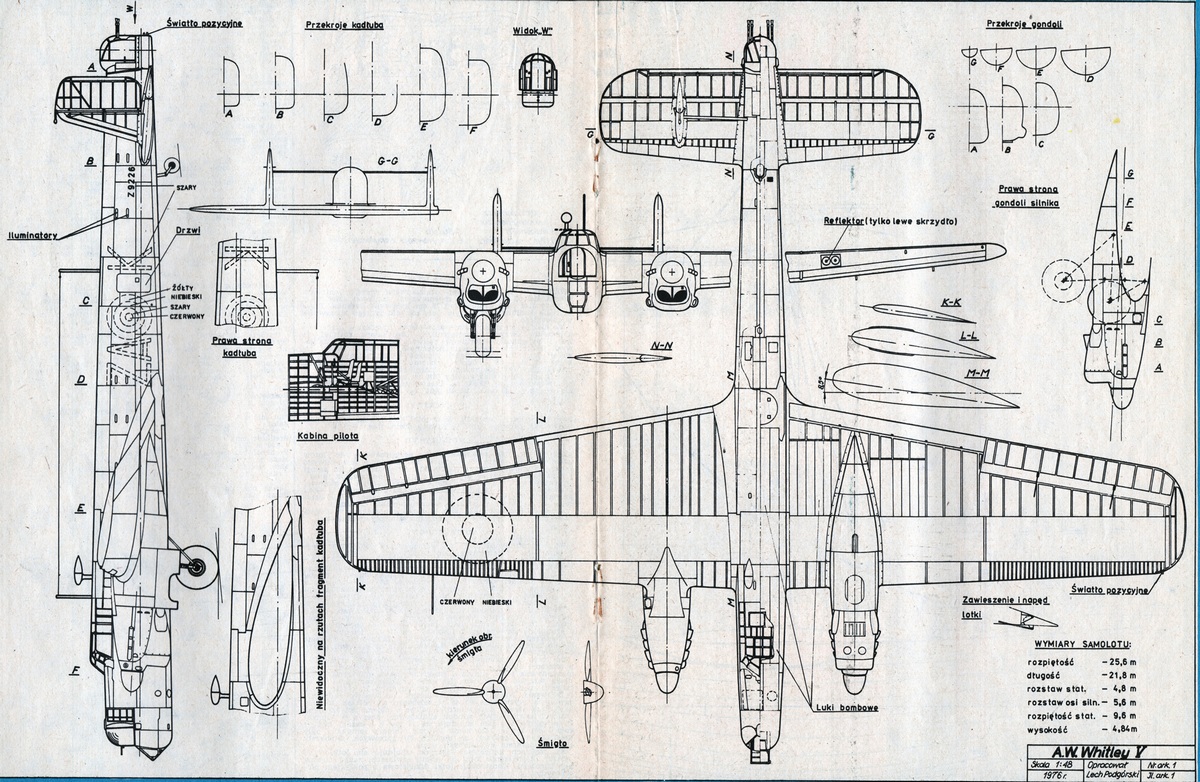
Armament
Guns:
1 × .303 in (7.7 mm) Vickers K machine gun in nose turret
4 × .303 in Browning machine guns in tail turret
Bombs: Up to 7,000 lb (3,175 kg) of bombs in the fuselage and 14 individual cells in the wings, typically including
12 × 250 lb (113 kg) and
2 × 500 lb (227 kg) bombs
Bombs as heavy as 2,000 lb (907 kg) could be carried


Because of its better range, the Whitleys were used on some of the longest-range sorties in the early years, with the raid on the Skoda factory in Czechoslovakia (a return trip of almost 1,500 miles, much of the outward leg being flown over enemy territory in daylight). Many famous bomber pilots cut their teeth on ops with Whitleys including Leonard Cheshire (later awarded the VC whilst serving with No 617 Squadron), Don Bennett (commanded the Pathfinders) and James Tait (commanded 617 Squadron and awarded 4 DSOs). Despite having finished front line bomby stuff 4 weeks previously, Whitleys also got to play on the first 1000 bomber raid.

If I might recommend the Mk V, the main wartime production version based on the Mk IV, with modified fins, leading edge de-icing (theoretically), manually operated tail and retractable ventral turrets replaced with a Nash & Thompson powered turret equipped with four .303 in (7.7 mm) Browning machine guns, tail fuselage extended by 15 in (381 mm) to improve the field of fire. First flew in December 1938, production ceased in June 1943: 1,466 built.



And the Mk VII, which was designed for service with Coastal Command and carried a sixth crew member, capable of longer-range flights of up to (2,300 mi/3,700 km) having additional fuel tanks fitted in the bomb bay and fuselage, equipped with Air to Surface Vessel (ASV) radar for anti-shipping patrols with an additional four 'stickleback' dorsal radar masts and other antennae: 146 built.
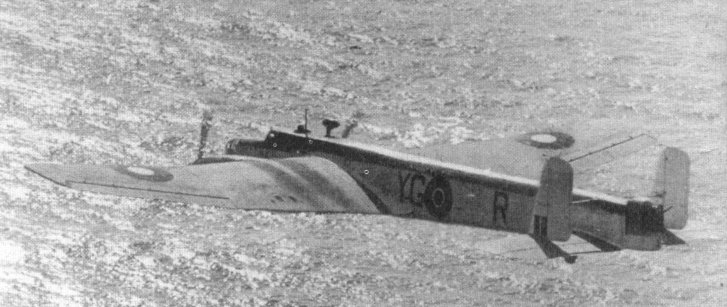


Office:
MkV




This is a
totally stunning build of a scale model. Down the the navigator's dividers. So good it's silly, and well well worth a look.
This is a quite fun 1937 Flight magazine article on the Whitley.
This is a totally unrelated link to a small gallery of RAF noseart. No sleeping at the back.
This is an excellent cutaway from a '38 Flight.
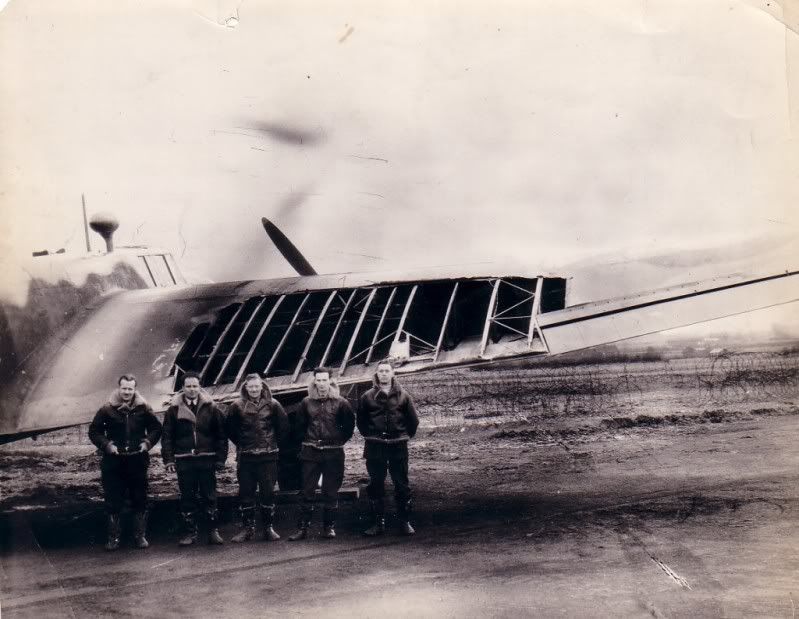
Story
here.
The Whitley also did this, starting with
Operation Colossus


And this...



Despite things like this

Surprise!

There are no flying examples left, and precious little to remind us of the men who flew and fought this dogged aircraft. So, come on, for these chaps...




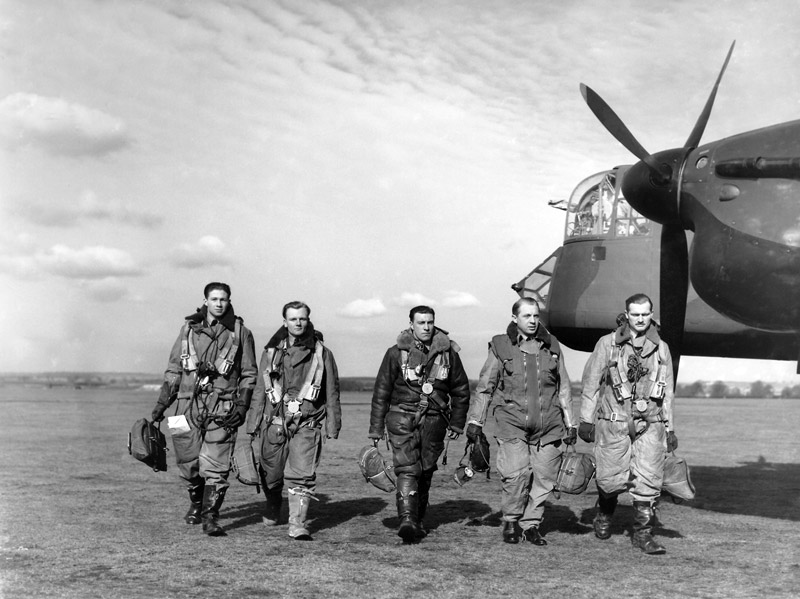




...it'd be fantastic to see this lovely thing in the skies of Il-2.
Screwy
 Author
Topic: Armstrong Whitworth Whitley (Read 19077 times)
Author
Topic: Armstrong Whitworth Whitley (Read 19077 times)


